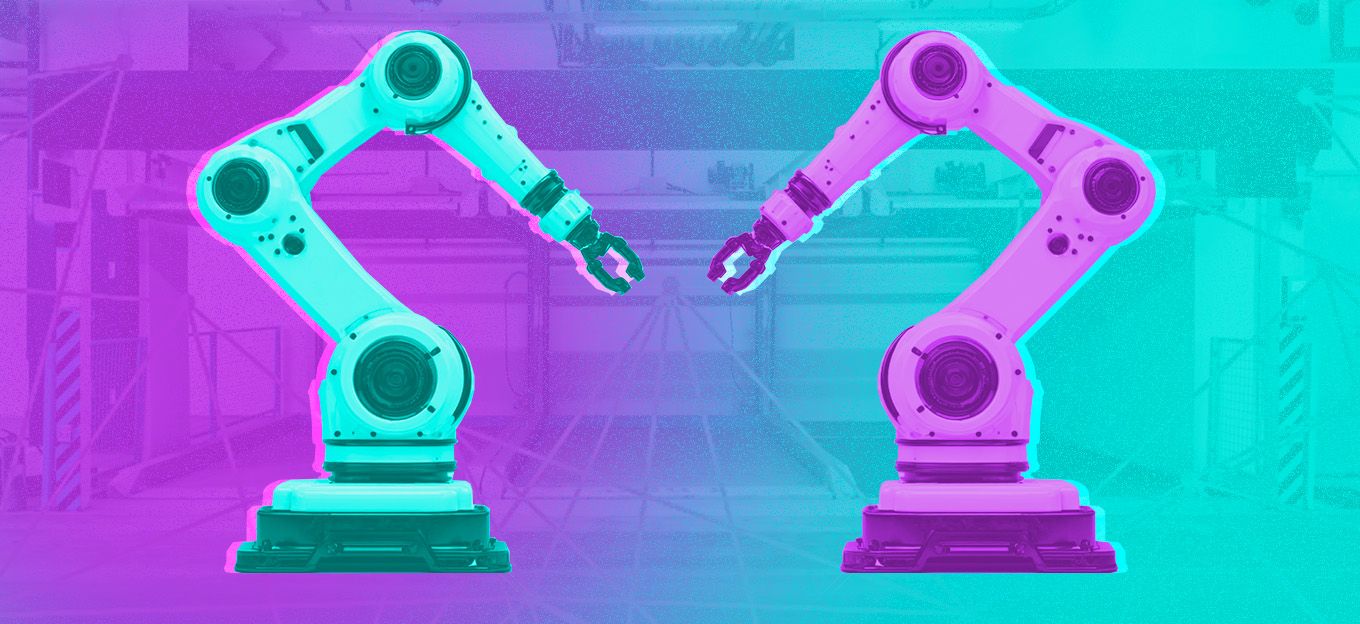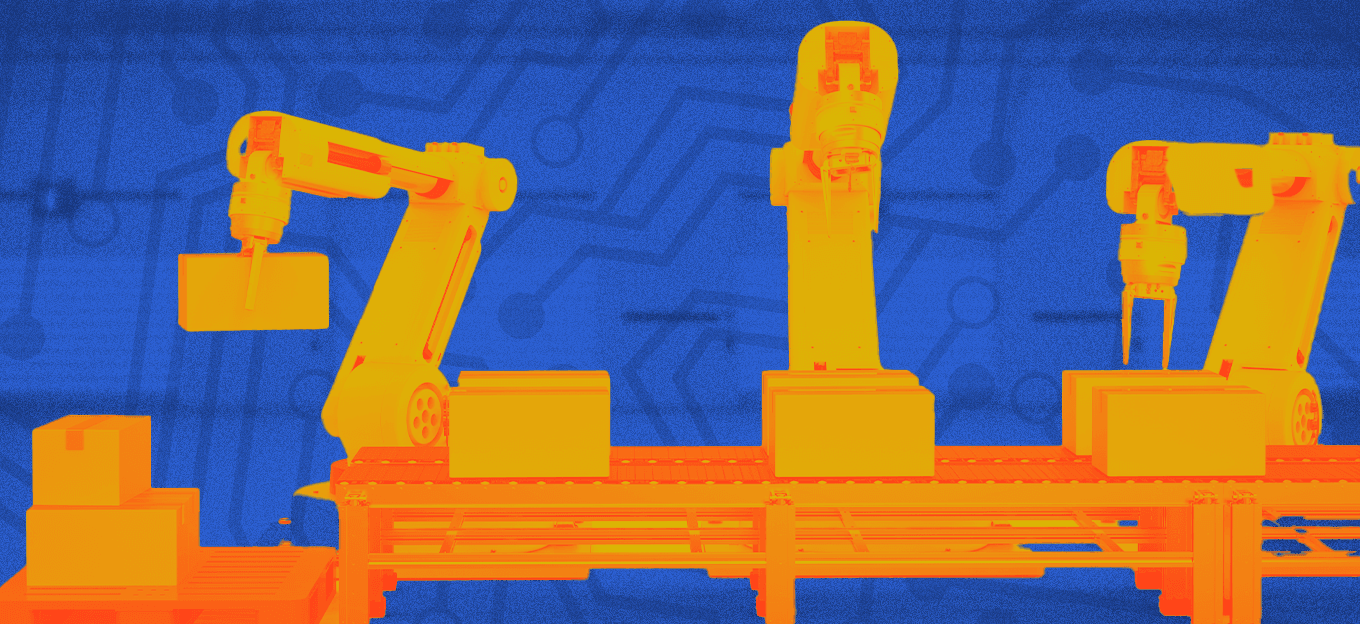Impact of the Metaverse on Manufacturing
Impact of the Metaverse on Manufacturing
- Last Updated: December 2, 2024
Roshan Srinivasan
- Last Updated: December 2, 2024



What is the Metaverse?
Ernest Cline’s Ready Player One provides an apt conceptualization of the metaverse where any individual can create and participate in virtual experiences. In the novel, a near-future world grapples with an energy crisis and global warming. So the novel’s version of the metaverse known as the OASIS provides virtual games, experiences, and economy. In many ways, the metaverse acts as its unique society.
In terms of attributes, venture capitalist Matthew Ball assigns six characteristics that define the metaverse:
- Persistence/Synchrony
- Fully functioning economy
- Unlimited concurrent users
- Interoperability of digital assets, information, etc.
- User-generated content
- Spanning private/public networks, open/closed platforms, etc.
We are not even close to the complete vision of the metaverse, although many companies, including Facebook, Unity, and Nvidia, have all branded themselves as building the metaverse.
In terms of the current functionality of the metaverse, most companies have been focusing on providing user-generated games, groups, or other experiences such as concerts or movies. They are focusing more on the social networking aspect of the metaverse.
Outside of social networking, there are interesting use cases of the metaverse for business applications, including remote work, ecommerce, design software, and manufacturing.
That being said, outside of social networking, there are some interesting use cases of the metaverse for business applications — everything from remote work to e-commerce — including scaling design software to be more immersive for areas such as manufacturing.
How Is Manufacturing Done Today?
Manufacturing is an incredibly complicated process and is probably the most critical step in supply chain management. Many different manufacturing strategies in today’s market optimize for different objectives. These strategies often consider labor costs, inventory control, overhead customization, and speed of production. At a high level, these are the top three production strategies:
- Make-to-stock: optimize based on demand forecasts (using different signals such as seasonality, market size, etc.)
- Make-to-order: custom build products to specifications (typically used for heavy machinery)
- Make-to-assemble: hybrid model of the first two strategies that allows some components to be customizable based on customer demand.
In terms of the practicality of manufacturing, the main pain points with all of these models are long lead times, long-term fixed contracts, and quality control concerns from specific manufacturers. Furthermore, there are often risks in production design since there could be minor mistakes in facility layout, leading to faulty products and longer wait times for manufacturing. These mistakes usually cost businesses millions or billions of dollars to fix and can lead to scheduling delays that cause customer dissatisfaction.
How Do We Leverage the Metaverse for Manufacturing?
A metaverse-driven approach to manufacturing is akin to companies like Shopify democratizing e-commerce and facilitating relationships between business owners and suppliers. In the context of the metaverse, you have three key stakeholders in the manufacturing process:
- Design Companies/Owners: individuals or companies that will use simulation and CAD-like software to design factory layouts as well as design components to be manufactured.
- 3rd Party Manufacturers and Logistics Providers: individuals or companies in the supply chain ecosystem that will be able to set up manufacturing centers and produce different commodities with less friction and smaller lead times.
- Customers: these users will see the delivery time for products.
Ultimately, there are key facets of a service-based metaverse that will change the manufacturing landscape for all of these stakeholders. Below are some of the key highlights:
- Rapid production process design — in a metaverse framework, you could easily drag-and-drop your assets in a physics-based simulation and can easily identify how to be more efficient or safe in manufacturing without needing to perform significant physical testing.
- Increase in number of product designs — as with any new technology where there is ease-of-access for user-generated content, there is an expectation to see more content provided within specific genres and business segments (similar to how content is handled by Youtube). In the case of manufacturing, the barrier to entry for designing low-cost, easy-to-build products is significantly lower with more specific measurements and advanced CAD-like softwares.
- More collaborative product development — the metaverse is a communal space for sharing ideas. As such, it is incredibly easy for different stakeholders within a business to design a product, share it with manufacturers within the same environment, and iterate based on feedback, which will shorten the product life cycle for projects.
- Reduced risk to quality control — With more detailed, physics-based designs, the margin of error for production is much smaller. In terms of impact to businesses, they will see lower churn rates for customers as well as lower return rates for defective products.
- Increased transparency for customers — customers in the metaverse will have improved visibility into the supply chain process with 3D representations for how products are built, distributed, and sold. Increased transparency means that customers will be able to know what exact lead times are for goods and any expected delays in shipping, as well as more visibility into real-time shipping costs for different distributors for both freight and last-mile delivery.
What Is the Long Term Strategy?
Long term, the synergy between improved digital operations, higher quality GUIs, and improved hardware infrastructure and cloud networking will facilitate the ability for any individual to design a component, test it out in an immersive environment using their avatar, collaborate with others, including manufacturers, and design systems to build products quickly — all while keeping overhead costs and lead times down.
This may sound great, but fundamentally, the end-state is the easy part. The real question is how we get there.
What are the Next Steps to Optimize Manufacturing Processes?
Realistically, in the near term (5–10 years), five core areas need to see improvement before applying the metaverse to manufacturing can be done:
- Scaling Data Warehousing — currently, most manufacturing businesses still rely on legacy systems for warehousing data provided by SAP and similar SaaS companies. In order to improve, manufacturing and logistics providers need to update their inventory management software using tools provided by FourKites or project44. These tools not only provide visibility but also enable businesses to better forecast inventory based on demand sensing algorithms.
- Improving Physics Engines for Simulation Softwares — currently, facilities design softwares are fairly rudimentary when it comes to simulation. Prominent software tools such as Simio or AnyLogic focus less on physics and more on Monte Carlo simulations based on stochastic systems, which is not accurate in reality since a user will need to account for errors due to general mechanics in the real world. These simulation tools will need to be combined with physics-based tools such as SolidWorks in order to be viable for the metaverse.
- Apply Social Networking Fundamentals to Business Services — most social networking platforms have focused on creating spaces for friends, professionals, and gamers. There is a lot of room to capitalize on this space within the metaverse for consumer services.
- Improving Cloud Infrastructure — low latency solutions that can support significantly large numbers of concurrent users are incredibly important to storing product and process designs and collaboration. Both the Nvidia Omniverse and Amazon Cloudfront are examples of advancements in hardware and software in this space.
- New Consumer Hardware Applications — devices such as VR/AR headsets provided by Oculus still have a long way to go before they become cheap enough and commercially viable to businesses to use in day-to-day planning.
Many of these areas are currently being worked on in parallel to transform how we think of supply chains digitally. This is an incredibly exciting time for innovation in operations management at a broad level, given applications from different technologies such as blockchain, AI, and cloud. Among these technologies also lies a spot for applying metaverse fundamentals to disrupt manufacturing systems.
The Most Comprehensive IoT Newsletter for Enterprises
Showcasing the highest-quality content, resources, news, and insights from the world of the Internet of Things. Subscribe to remain informed and up-to-date.
New Podcast Episode

The State of Cybersecurity in IoT
Related Articles




